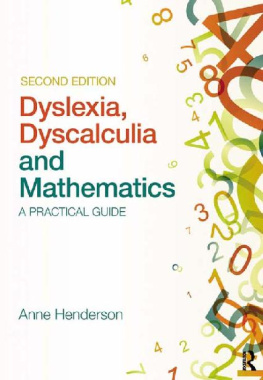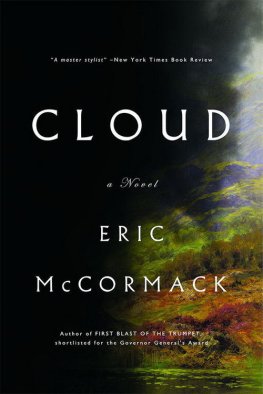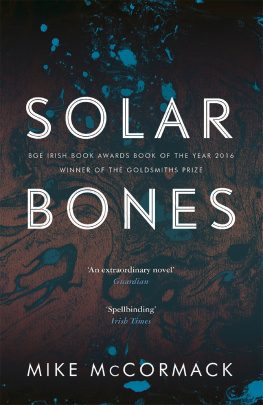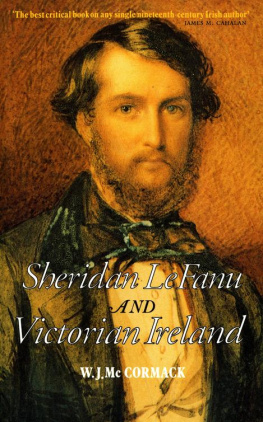Anne Henderson - The Killing of Sister McCormack
Here you can read online Anne Henderson - The Killing of Sister McCormack full text of the book (entire story) in english for free. Download pdf and epub, get meaning, cover and reviews about this ebook. year: 2011, publisher: HarperCollins Australia;HarperCollins Publishers, genre: Art. Description of the work, (preface) as well as reviews are available. Best literature library LitArk.com created for fans of good reading and offers a wide selection of genres:
Romance novel
Science fiction
Adventure
Detective
Science
History
Home and family
Prose
Art
Politics
Computer
Non-fiction
Religion
Business
Children
Humor
Choose a favorite category and find really read worthwhile books. Enjoy immersion in the world of imagination, feel the emotions of the characters or learn something new for yourself, make an fascinating discovery.
- Book:The Killing of Sister McCormack
- Author:
- Publisher:HarperCollins Australia;HarperCollins Publishers
- Genre:
- Year:2011
- Rating:4 / 5
- Favourites:Add to favourites
- Your mark:
The Killing of Sister McCormack: summary, description and annotation
We offer to read an annotation, description, summary or preface (depends on what the author of the book "The Killing of Sister McCormack" wrote himself). If you haven't found the necessary information about the book — write in the comments, we will try to find it.
Was Irene McCormack a martyr for her Christian beliefs or merely one of Perus many victims of terrorism? By May 1991, one of the worlds most ruthless terrorist groups, the Sendero Luminoso, or Shining Path, had left 30,000 known dead in its ten-year guerrilla war against the Peruvian government. On 21 May 1991, as dusk settled upon the Andean town of Huasahuasi, a silver-haired Australian woman became part of this horrifying death toll. Sister Irene McCormack, a Catholic nun and member of the religious order founded by Mary MacKillop, was executed after a mock trial that saw a young woman terrorist label Sister Irene a Yankee imperialist before firing a bullet at point-blank range into the back of her head. What makes a woman leave the safety of Australia and travel to an impoverished mountain village in rural Peru, an area where threats and violence are a daily reality, to teach the village children to read...
Anne Henderson: author's other books
Who wrote The Killing of Sister McCormack? Find out the surname, the name of the author of the book and a list of all author's works by series.















